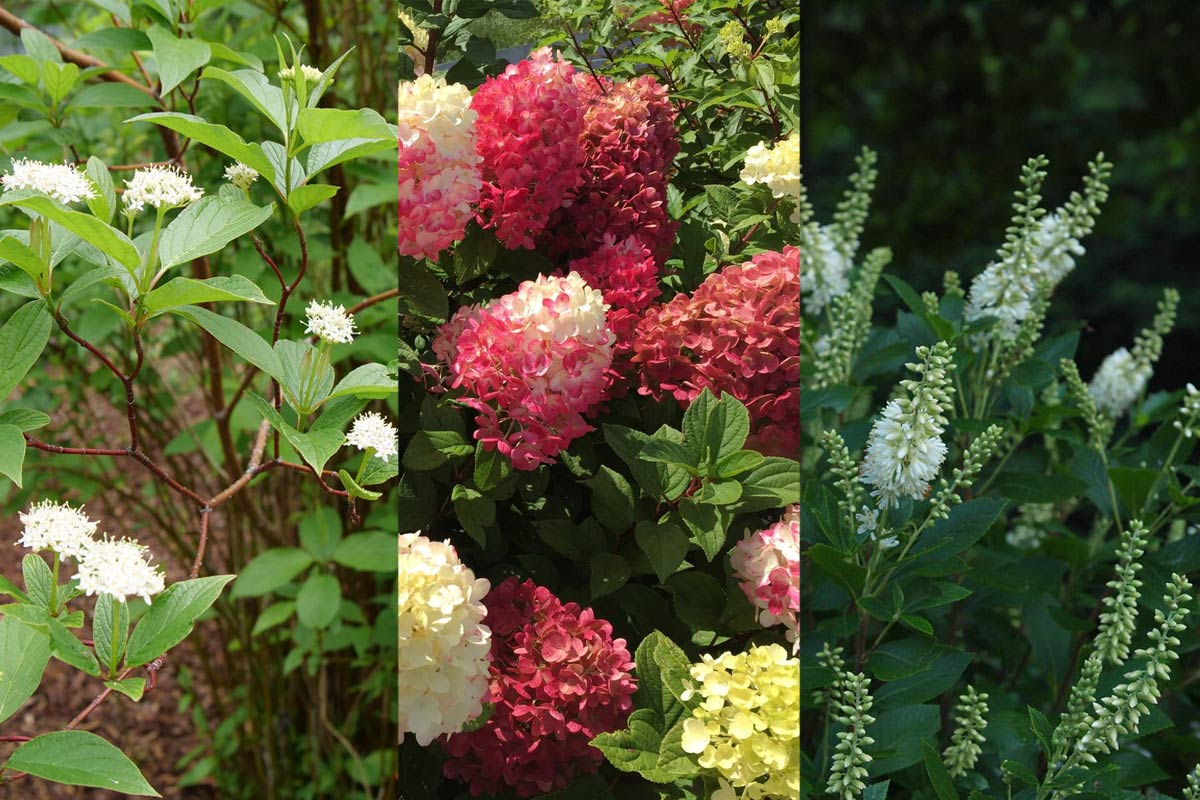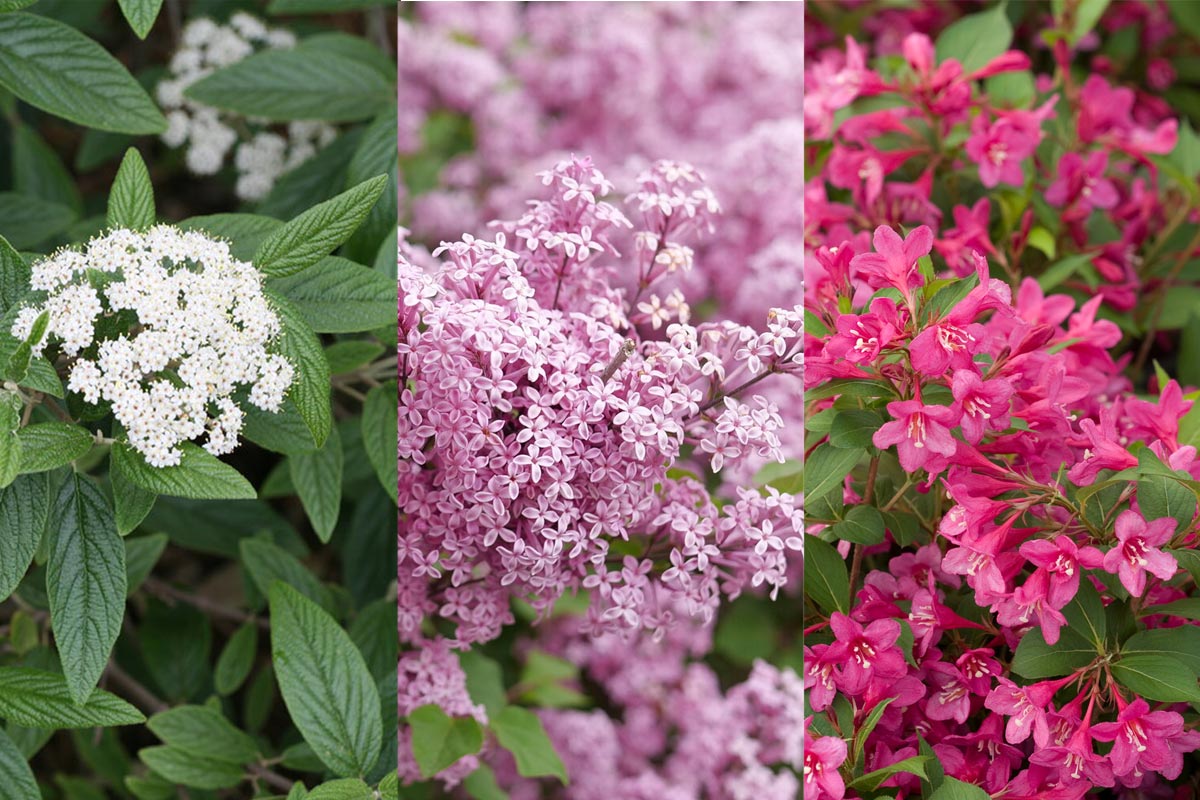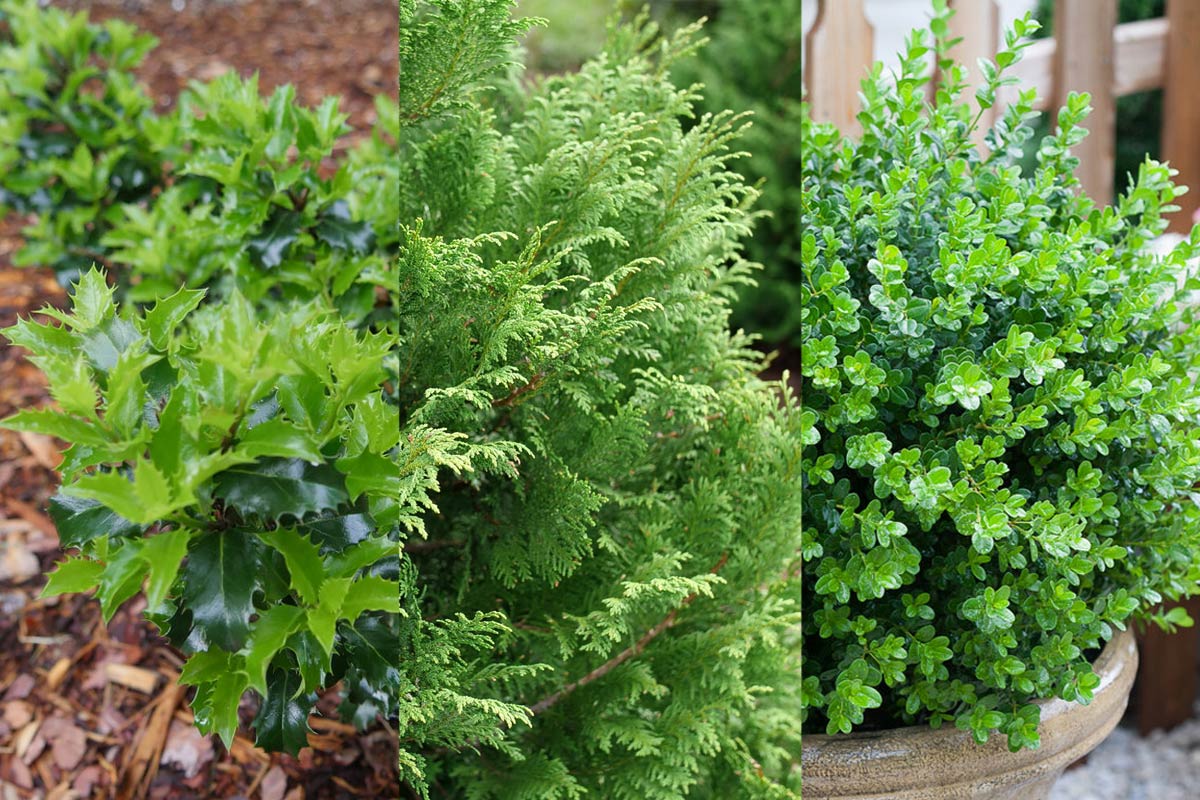Early Spring Gardening Checklist
Complete these early spring gardening tasks as the weather warms to get your garden ready for prime blooming and planting season.
End of winter through early spring is an ideal time to prune many popular landscape shrubs, evergreens, and trees. However, it’s also a bad time to prune others since ill-timed cutbacks can reduce or even eliminate that year’s flowers.
The good news is that you don’t have to memorize the pruning time of each plant or even know the name of a plant you’re planning to prune. The key is knowing when the plant blooms.
Blooming trees and shrubs fall into two categories when it comes to flowering. Some bloom early in the season on flower buds that formed the summer and fall before, i.e. on last year’s “old wood.” Others bloom in summer on buds that form on the current year’s new growth, i.e. “new wood.”
By observing when your woody plants bloom, you’ll be able to tell when to prune them.
The dividing line between spring and summer bloomers is mid-June in most of the U.S.
Anything that blooms before then is likely an “old-wood” bloomer that has set its flower buds heading into winter.
Anything that blooms from mid-June on is likely a “new-wood” bloomer that produces its flower buds that spring.

The best time to prune summer blooming shrubs is the end of winter into very early spring. Arctic Fire® Red Red-Osier Dogwood, Little Lime Punch® Panicle Hydrangea, and Sugartina® 'Crystalina' Summersweet. Images courtesy Proven Winners®
Since almost all summer bloomers bloom on wood that grows that same spring, the best time to prune them is right before that growth begins. That means end of winter into very early spring (mid-March to early April in most of the U.S.).
If you wait too long into spring to prune them, you’ll waste plant energy on growth that’s then removed. Worse, you could delay blooming or possibly eliminate that year’s flowers if you cut the plants just before they were ready to bloom in July, August, or September.
You won’t harm summer bloomers or give up blooms if you prune them in fall or winter after their leaves drop for the season. However, winter storms could rip off additional wood after you’ve pruned to the desired shape and size.
Examples of summer-blooming shrubs that flower on new wood are abelia, beautyberry, butterfly bush, most clematis, native smooth hydrangeas, panicle hydrangeas, potentilla, roses, rose-of-sharon, shrub dogwoods, Japanese spirea, St. Johnswort, summersweet, and vitex.
New-wood, summer-blooming trees include crape myrtle, seven son flower, and stewartia. All of those are best pruned in late winter to very early spring.
Summer bloomers also are more forgiving of winter animal damage. Even if deer ravage a rose or panicle hydrangea over winter, the plants will grow new spring branches that produce flowers that summer (assuming the deer don’t return for additional helpings).

Spring blooming shrubs are best pruned right after they’ve finished flowering. Emerald Envy® Viburnum, Sonic Bloom® Pink Reblooming Weigela, and Bloomerang® Purpink Reblooming Lilac Images courtesy Proven Winners®
Since spring bloomers produce their flower buds the season before, pruning them in late fall, over winter, or early in spring will take off those buds before they’ve had a chance to open.
That’s why this category of woody plants is best pruned right after they’ve finished flowering. That gives them a chance to grow new branch wood that will produce the next year’s flower buds by fall.
Examples of old-wood, spring-blooming shrubs are azalea, beautybush, bridalwreath spirea, spring-blooming clematis, cherry laurel, cotoneaster, deutzia, enkianthus, flowering almond, forsythia, mophead hydrangeas, leucothoe, lilac, mock orange, mountain laurel, ninebark, oakleaf hydrangea, osmanthus, pieris, rhododendron, sweetbox, viburnum, Virginia sweetspire, weigela, wisteria, and witch hazel.
Old-wood, spring-blooming trees include buckeye, cherry, crabapple, dogwood, fringe tree, hawthorn, magnolia, redbud, serviceberry, silverbell, and snowbell.
These plants are also vulnerable to winter-time animal damage, especially deer browsing, since they won’t flower if their buds have been eaten or pruned.
The good news is that you won’t kill or harm spring bloomers by pruning them too soon. The penalty is that you just won’t get as many – or any – flowers that year.
Otherwise healthy and well sited plants should go on to flower the following year if you skip or delay pruning.

Evergreen plants grown for their foliage can be pruned in spring or summer. Castle Keep® Blue Holly, Sprinter® Boxwood, and Cedar Rapids™ False Cypress. Images courtesy Proven Winners®
Evergreen plants being grown for their foliage as opposed to flowers can be pruned either in spring or summer – or both if you’re aiming for the crafted look of a hedge.
These include needled conifers such as arborvitae, cedar, cryptomeria, falsecypress, fir, Hinoki cypress, Leyland cypress, juniper, pine, spruce, and yew as well as broad-leafed evergreens such as boxwood, holly, and nandina.
The only ill-advised time to prune evergreens is late summer into fall when pruning can encourage new late-season growth that won’t “harden” in time to withstand winter cold.
With all woody plants, pruning isn’t an annual necessity. Cut only when needed to control plant size or shape. If your plants are growing and blooming well, and they’re not too big for the site, leave them alone.